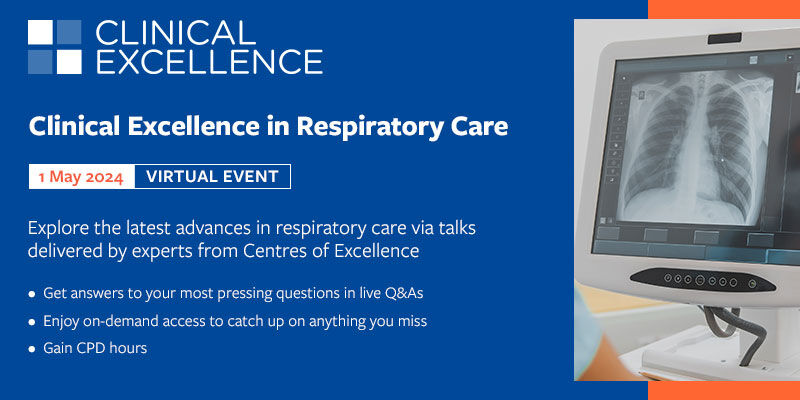The Digital Imaging Adoption Model (DIAM) was revealed during the European Congress of Radiology in Vienna.
The Model, which comprises of eight stages, aims to provide guidance to IT supported processes in medical imaging and will encourage the healthcare IT market to adopt the right digital strategy and improve health and patient outcomes.
The model was jointly developed between HIMSS Analytics in Europe and the European Society of Radiology (ESR) and will support users and buyers of medical imaging technology with their operational and strategic decisions. As such, the DIAM will identify potential infrastructure or workflow gaps, monitor technological progress over time and create a roadmap for future investments.

Jörg Studzinski, Senior Consultant at HIMSS Analytics said: “This model will be able to address important challenges which imaging departments and centres all over Europe face today. It has specific compliance goals for each of the maturity stages and will help users to adopt the right digital strategy and improve health outcomes. HIMSS Analytics and the ESR are already carrying out the first pilot assessments and we look forward to revealing the first results soon. The assessment tool and a framework for results reporting are already available and a bigger rollout to imaging departments and centres in Europe is planned for the second quarter of 2016”.
The model is the first of its kind worldwide and comprises ten focus areas that remain essential to the digitisation in imaging IT. These areas include patient engagement, personalised medicine and clinical documentation, amongst others. Similarly to the HIMSS Analytics EMR and Continuity of Care Adoption Models, the DIAM has 8 stages, with Stage 0 indicating low maturity and Stage 7 representing advanced maturity. One significant difference is that the highest three stages in DIAM reflect specialised branches that can be achieved separately. Organisations will need to master at least one of these for Stage 5, two of them for Stage 6, and all three for Stage 7 (see table for reference above).
Peter Mildenberger, Professor for Radiology at University Hospital Mainz and Chairman of the Subcommittee on Professional Issues and Economics in Radiology at the ESR, added: “There are two important aspects about the DIAM assessment that radiology departments need to keep in mind. First, the detailed GAP analysis shows potential deficits in the implemented IT-infrastructure, such as security aspects within patient identification. Second, bearing the model in mind, it is helpful to plan further IT projects on a strategical level, focusing on precision medicine or patient involvement, for instance. There is guidance on relevant topics for this kind of development, which might also be very helpful in negotiations with administration.”
The DIAM can be used by any hospital that has an imaging department, as well as imaging centres outside of hospitals. In its first edition, the assessment addresses the challenges of radiology imaging, but it can be easily adapted to measure and benchmark other imaging services such as Cardiology, Pathology or Dental Care. Organisations undergoing the assessment will receive their individual DIAM score as well as a report highlighting current gaps, future investment areas and metrics for benchmarking. Subject matter experts from HIMSS Analytics and the ESR will be available to help organisations with their imaging IT strategy development or educational matters related to imaging IT maturity.









